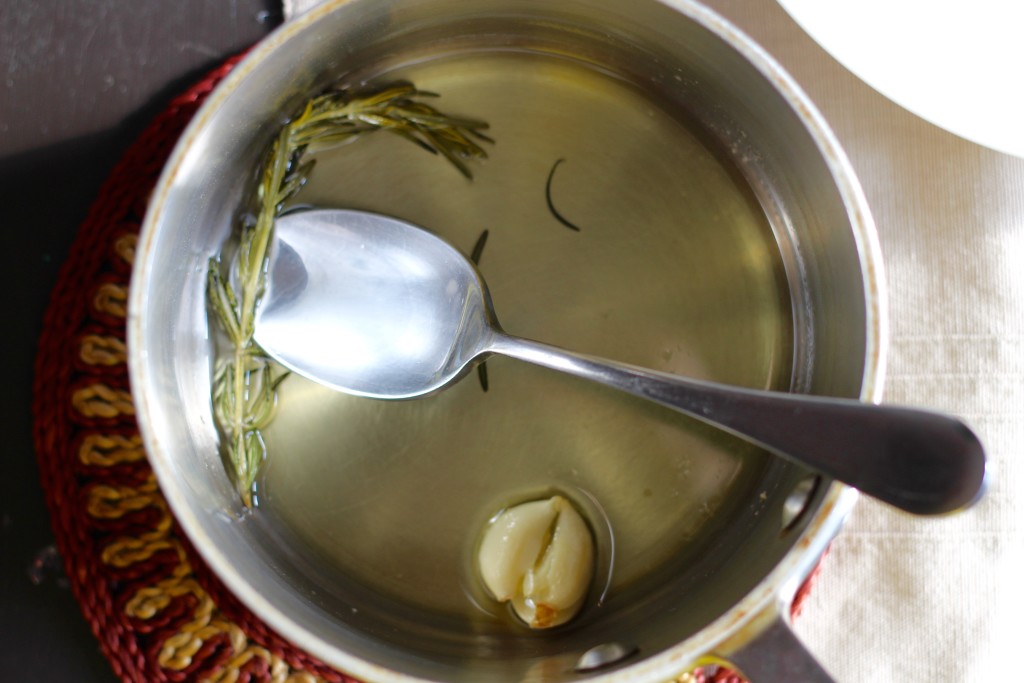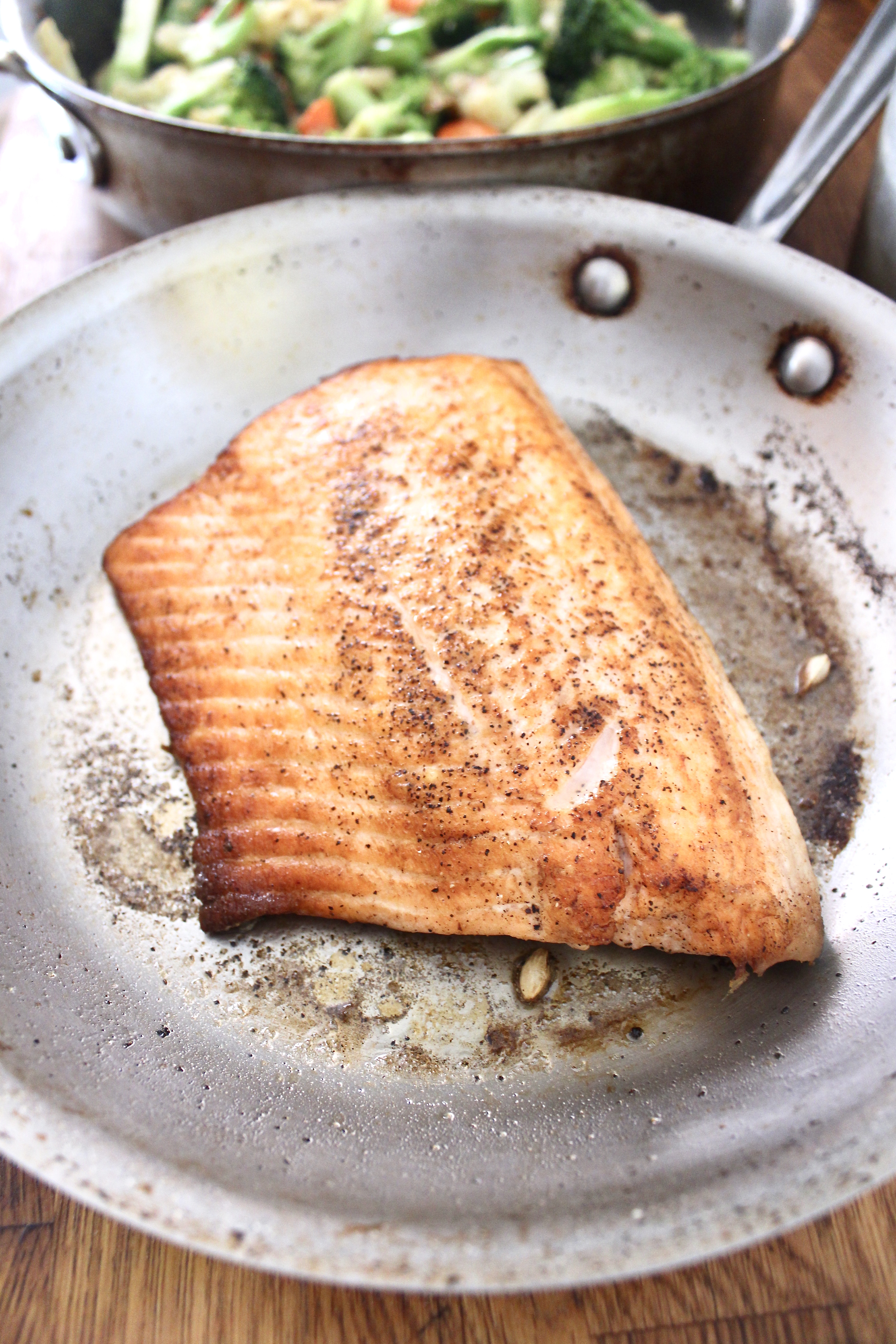
It’s January and I know many of us are trying to find ways to eat healthy. I’ve had a little extra time on my hands so I’ve been coming up with different ways to eat healthy/less meat/fewer carbs. Not exactly low fat though. Kale caesar salad. Chana dal with veggies and coconut milk. Tomato soup. Today I whipped up this salmon and mixed vegetable sauté. Follow along for inspo on my Instagram!
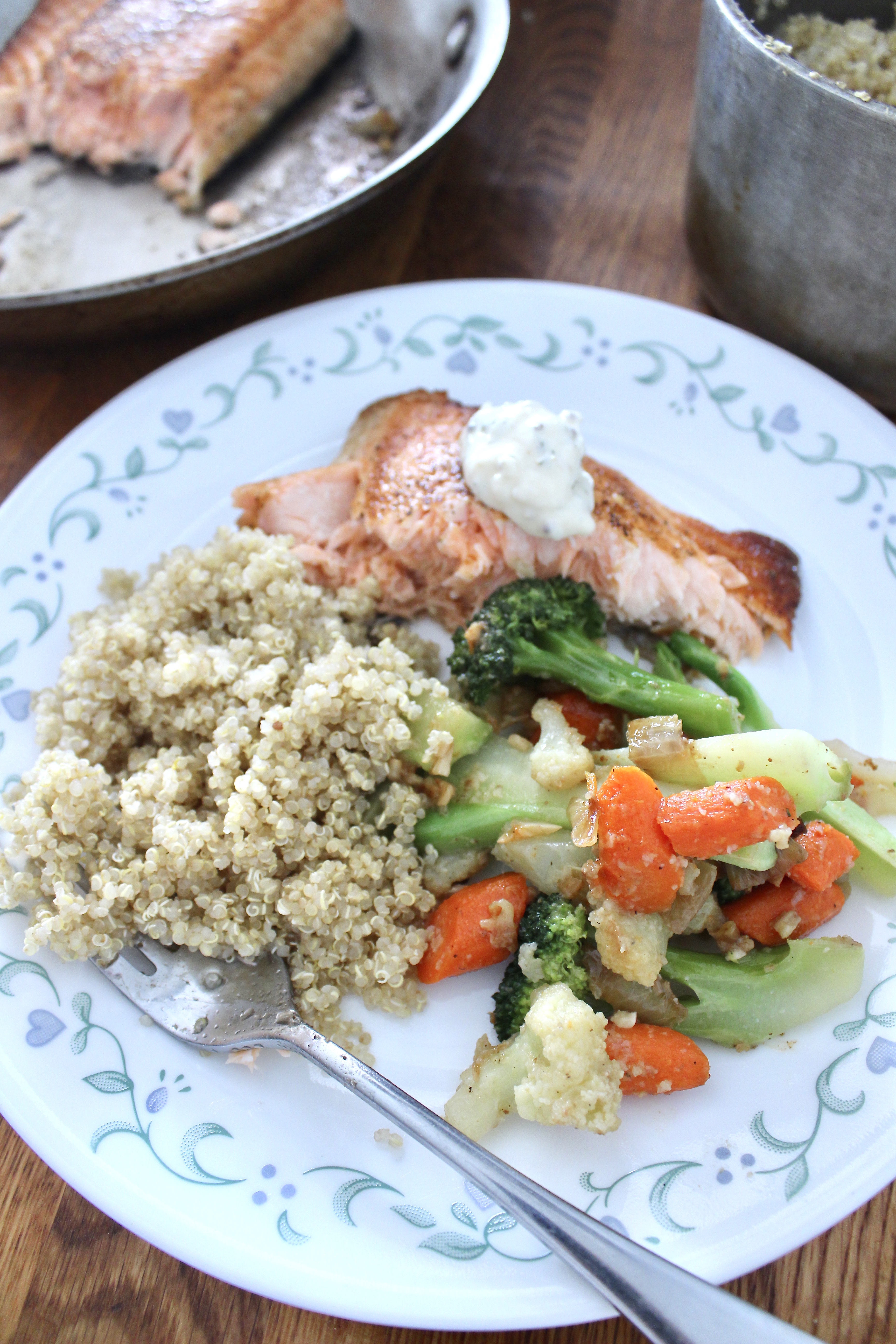
I’m calling this my #baesic salmon because even though it’s a basic way to cook it, it’s bae in my recipe book. I’ve tried cooking salmon just on the the stovetop, and it just burns on the outside before cooking through on the inside. If you lower the heat too much you don’t get the nice crust. This way, if you sear it on the stovetop, finish it off the oven, you get the best of both worlds. I wasn’t sure if it would be done actually, but when I dug into it, it was juuuuuuust slightly pink and rare in the middle. If you prefer it cooked well through, leave in for 2 more minutes.
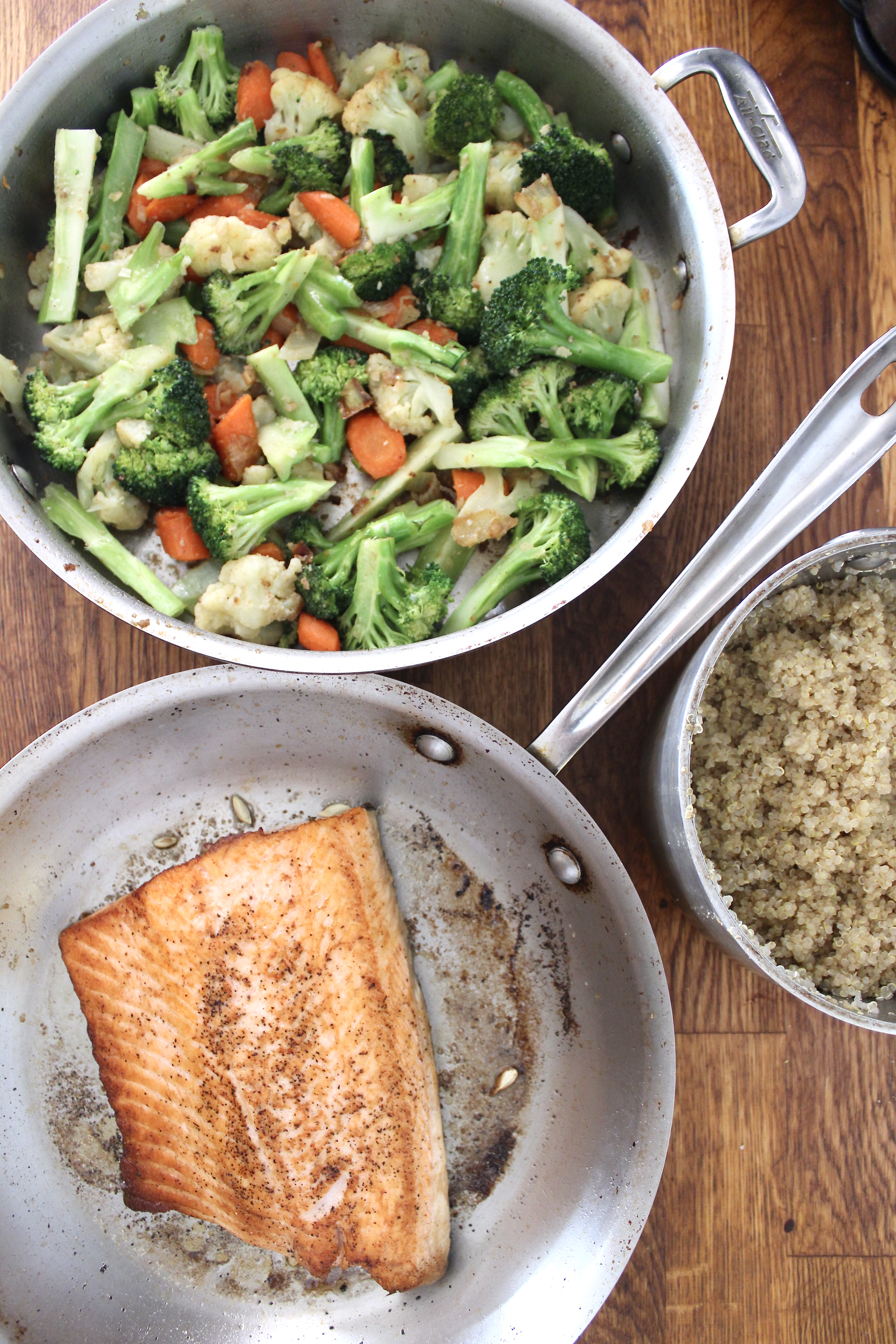
I know we all tryin’ to eat more nutritious food, less meat, fewer carbs. And I know salmon isn’t exactly the best option either. It’s overfished, not sustainable. But I for one need to change things up from beans, lentils and eggs. We still do chicken once a week or so. Red meat once a month maybe. Baby steps.
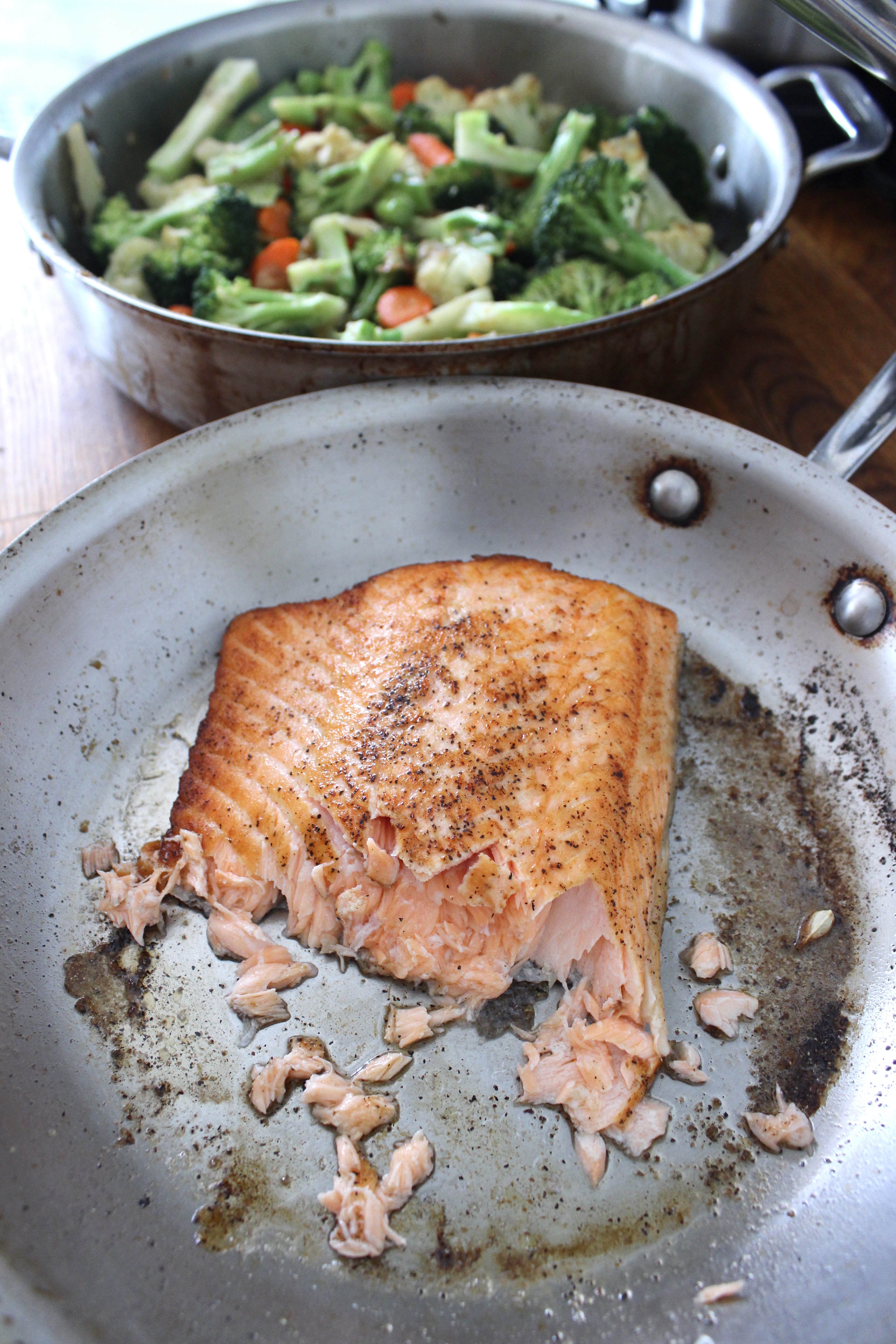
Ingredients
For the mixed vegetable sauté:
- 3 tbsp olive oil
- 5 organic carrots (they’re smaller, so if using big carrots, use 3-4)
- 1/2 large onion or 1 medium onion
- salt and pepper to taste
- 3 cloves garlic, minced
- 12 oz cauliflower florets, or from 1 head of cauliflower
- 12 oz broccoli florets, or from 1 large head of broccoli (I had two small heads of broccoli)
- 2 tbsp unsalted butter
- more salt and pepper to taste
For the salmon
- 2tbsp olive oil
- 2tbsp unsalted butter
- 12 oz salmon fillet
- salt and pepper
- a squeeze of lemon
Directions
- For the vegetable sauté: heat up oil in a large pan over medium-high heat. Add carrots, saute for 2-3 minutes, then add onions. Season with salt and pepper. Cook for 2-3 minutes more. Add the garlic, then broccoli and cauliflower florets. Add butter and more salt and pepper. If the veggies are starting to brown too easily on the bottom, reduce heat to medium. Continue cooking, stirring occasionally until veggies are crisp tender, 10-15 more minutes. Taste for seasoning.
- For the salmon: Preheat oven to 350F. Score the skin side of the salmon – about 3 slits diagonally. Season both sides with salt and pepper. Melt butter and olive oil in at least a 9in round french or other ovenproof skillet. When bubbling stops, add the salmon, skin side down. Don’t touch it for at least 2 minutes. When there’s a nice crust, it’ll lift off easily. Flip over carefully, minimizing splatter of hot oil, using two spatulas if necessary. And cook for an additional 2 minutes. Then insert in preheated oven for 7-8 minutes.
- Remove from heat, finish with a squeeze of lemon and let rest for a few minutes before serving. Serve alongside steamed quinoa or brown rice.
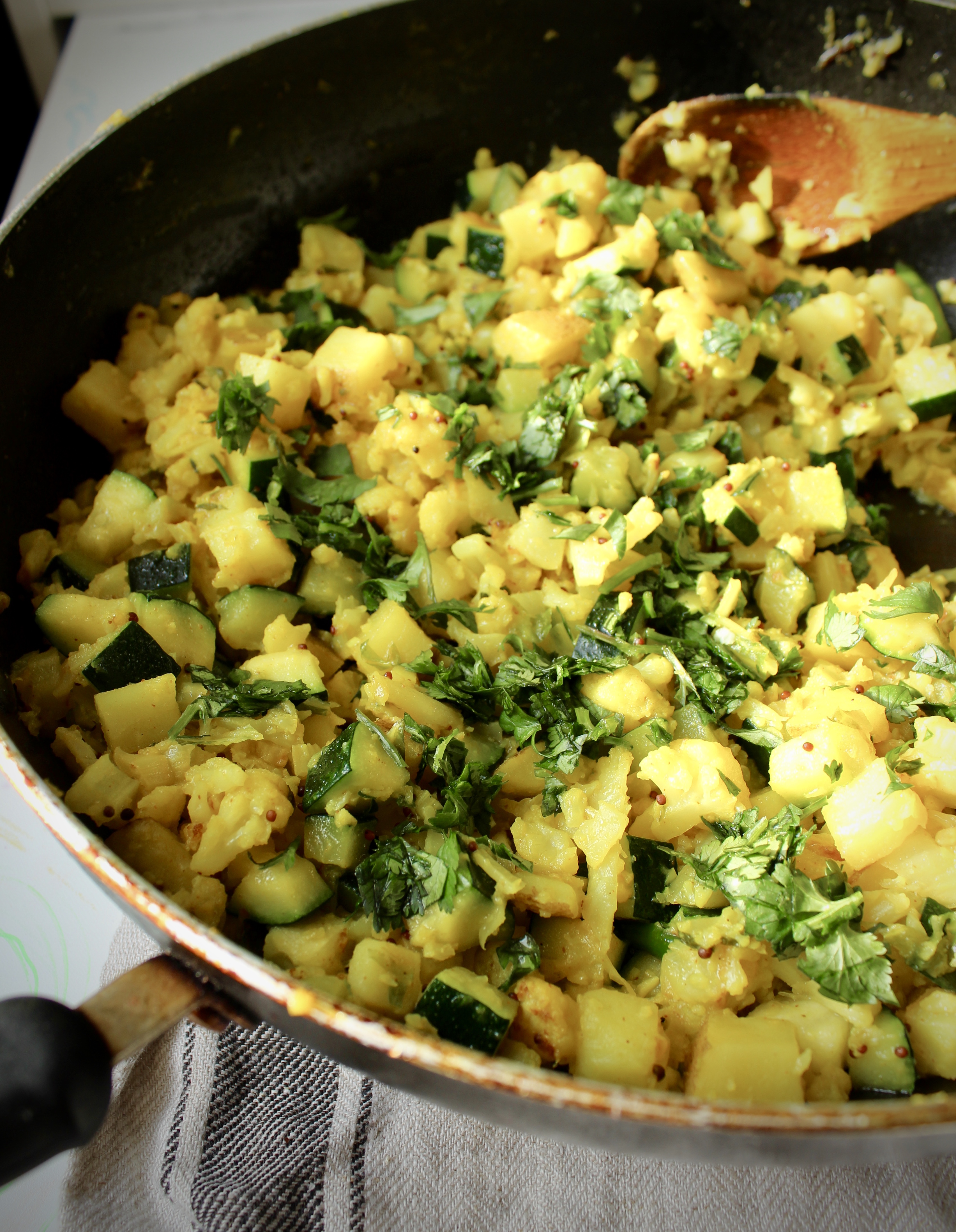
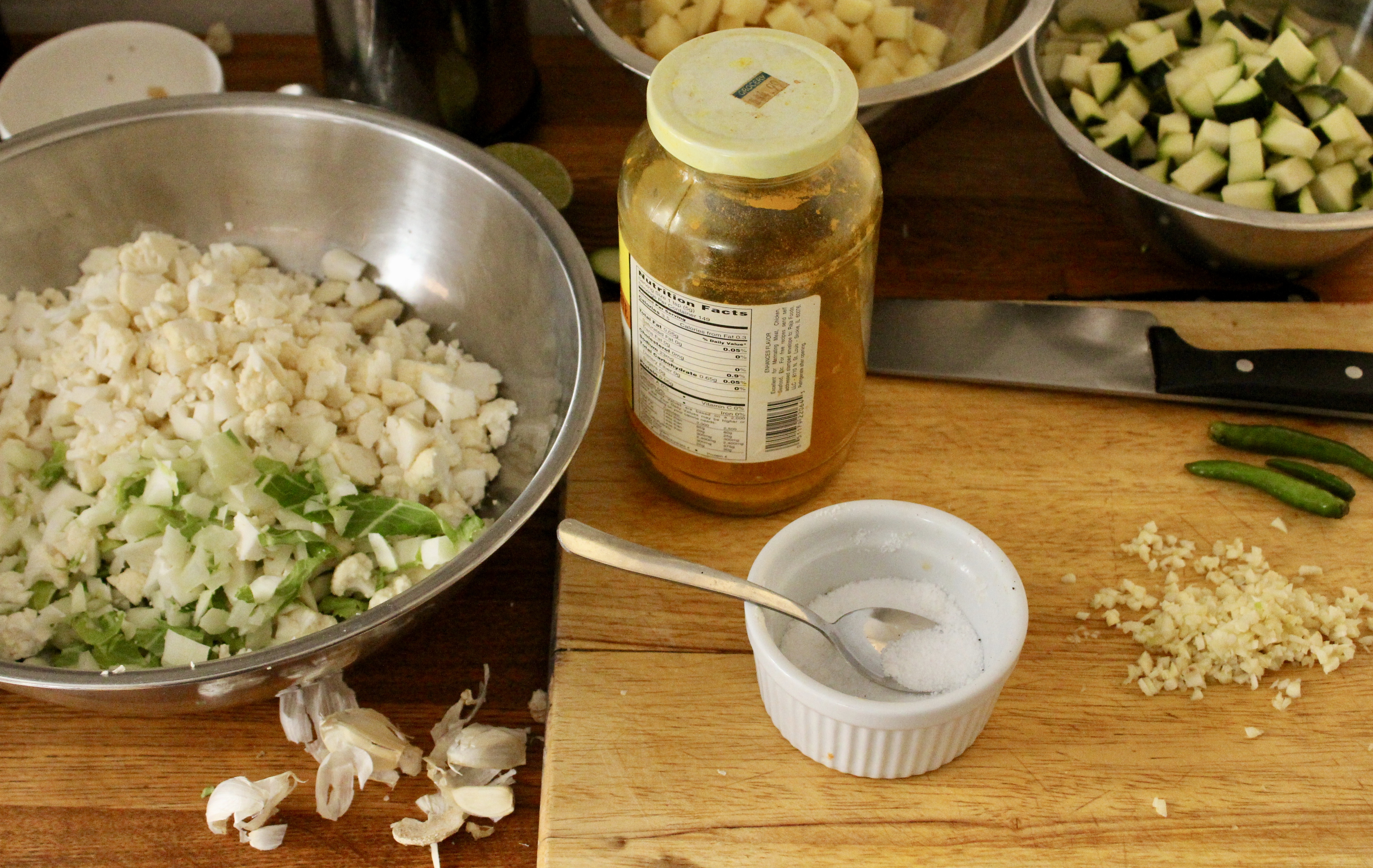
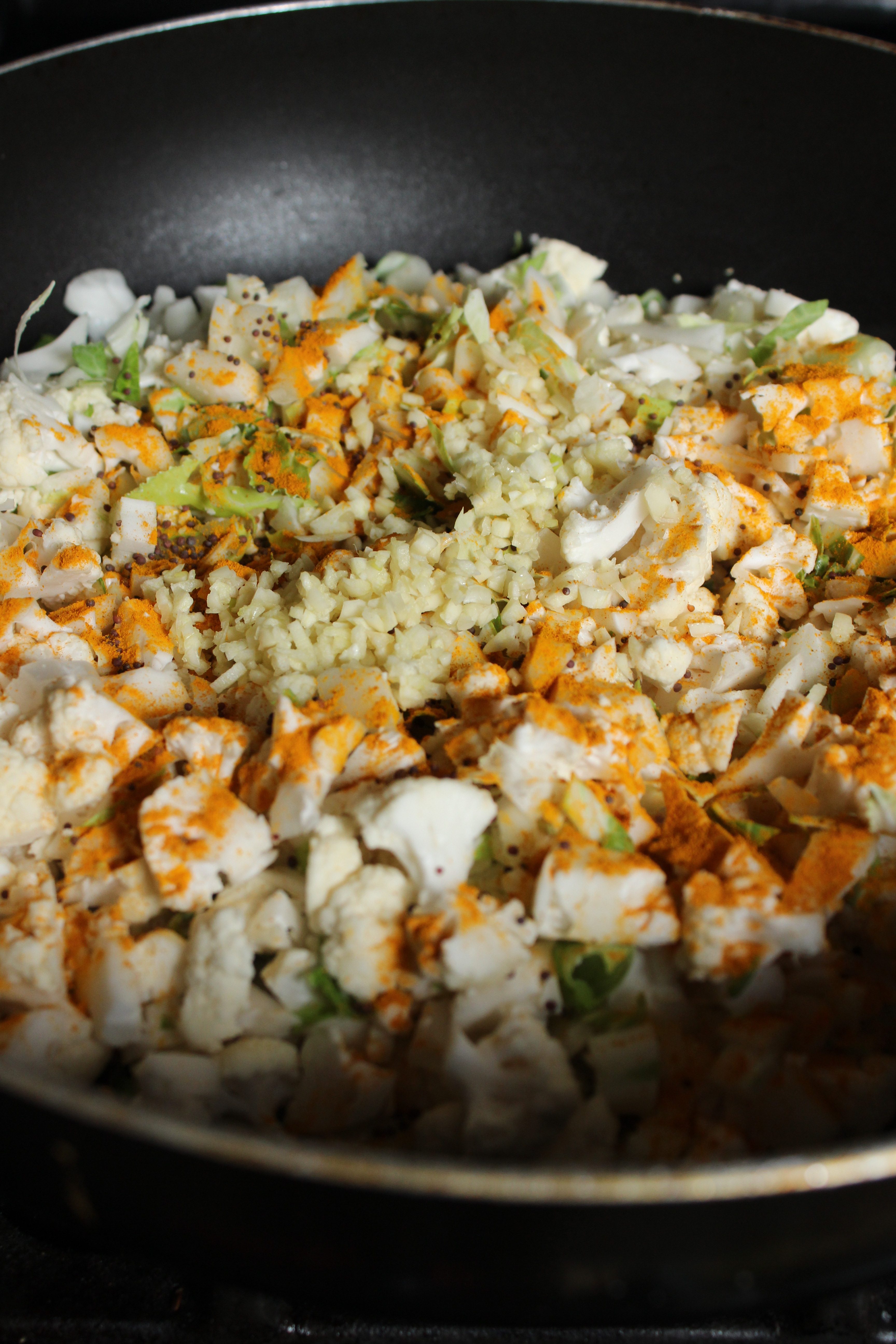
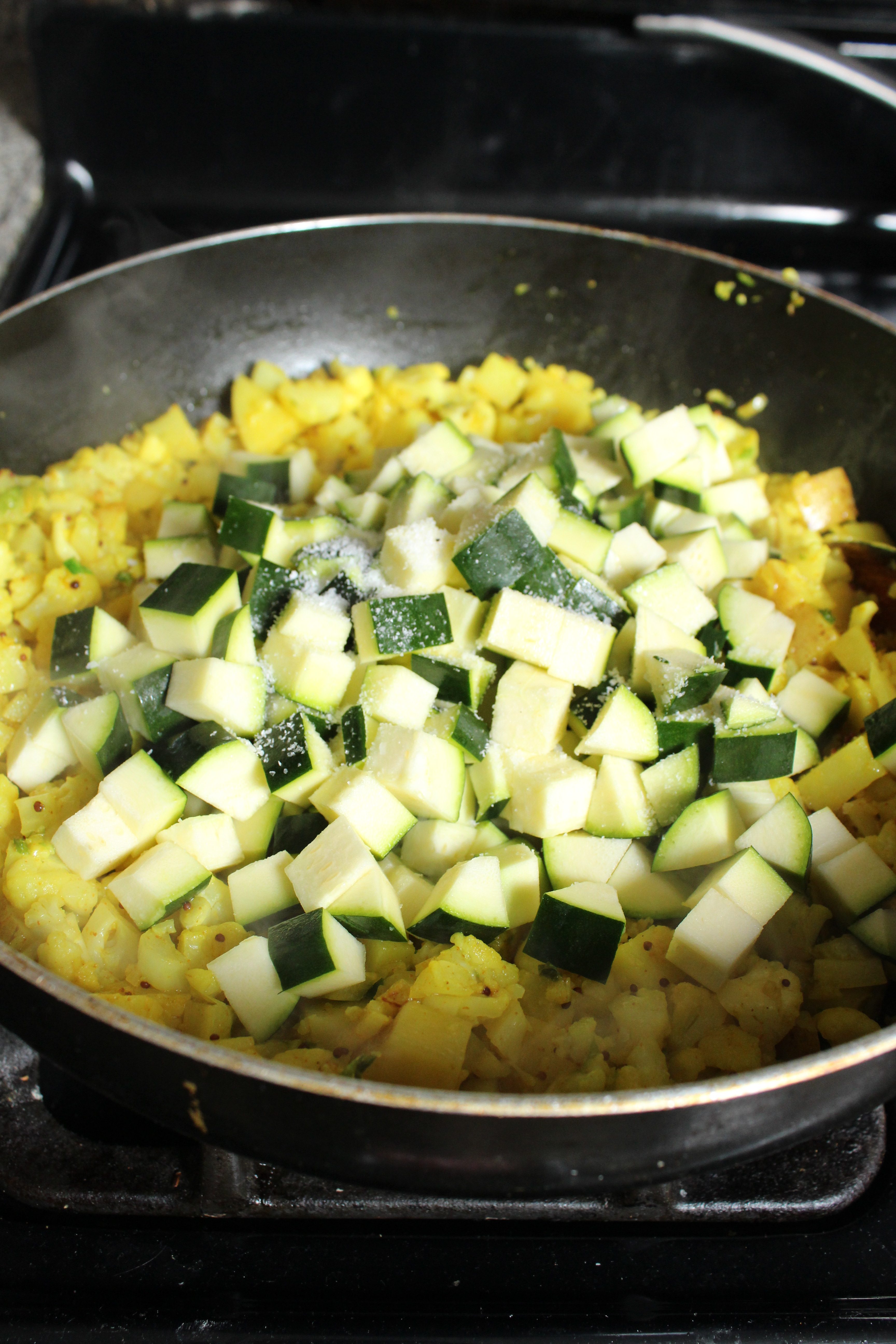 Hope you enjoy this Bengali staple and add it to your Meatless Monday menu. The zucchini at the end can be swapped out for many other vegetables. Growing up my mom would always keep a bag of frozen mixed vegetables, to add to a stir fry like this and really stretch a buck.
Hope you enjoy this Bengali staple and add it to your Meatless Monday menu. The zucchini at the end can be swapped out for many other vegetables. Growing up my mom would always keep a bag of frozen mixed vegetables, to add to a stir fry like this and really stretch a buck.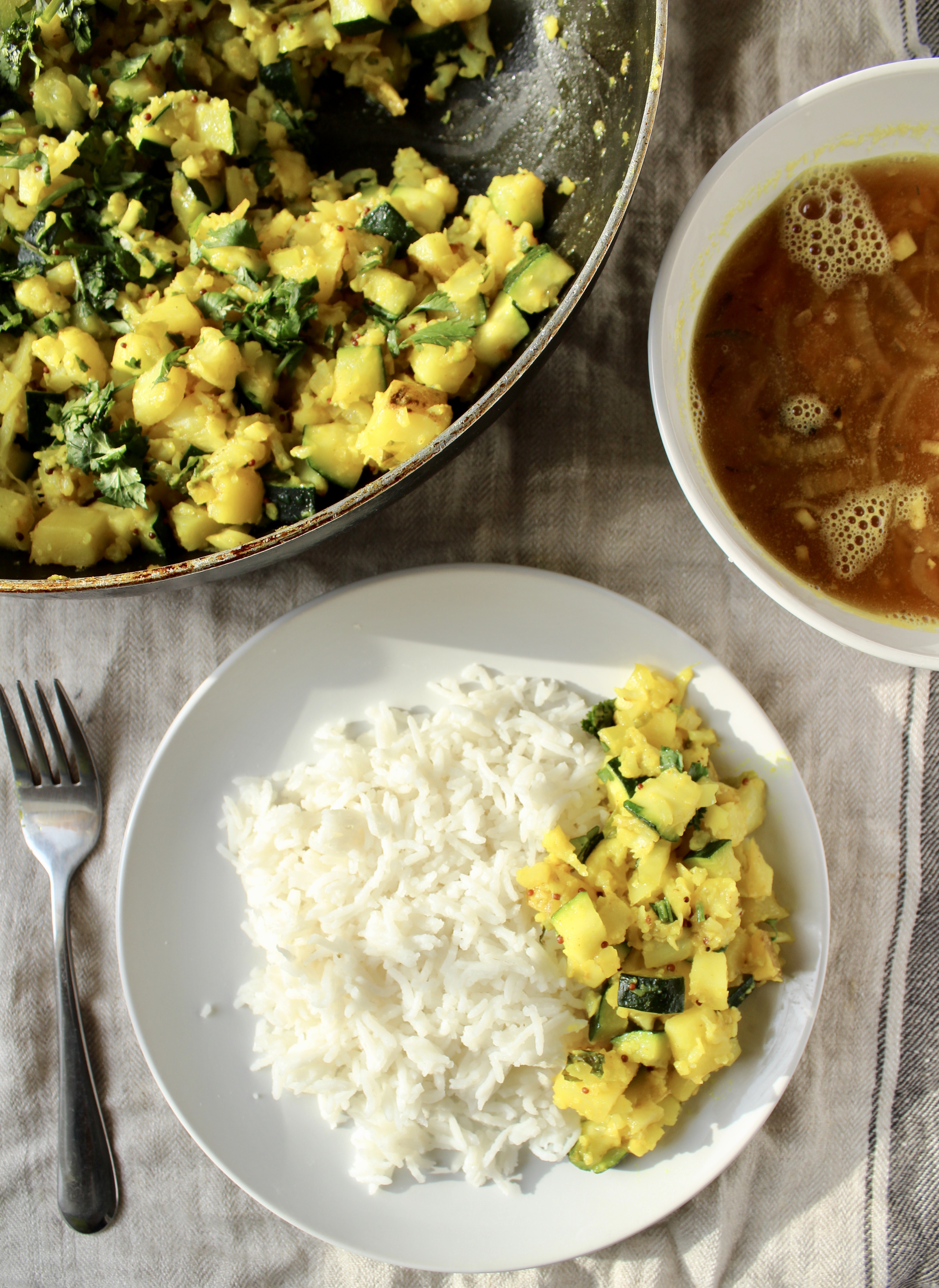
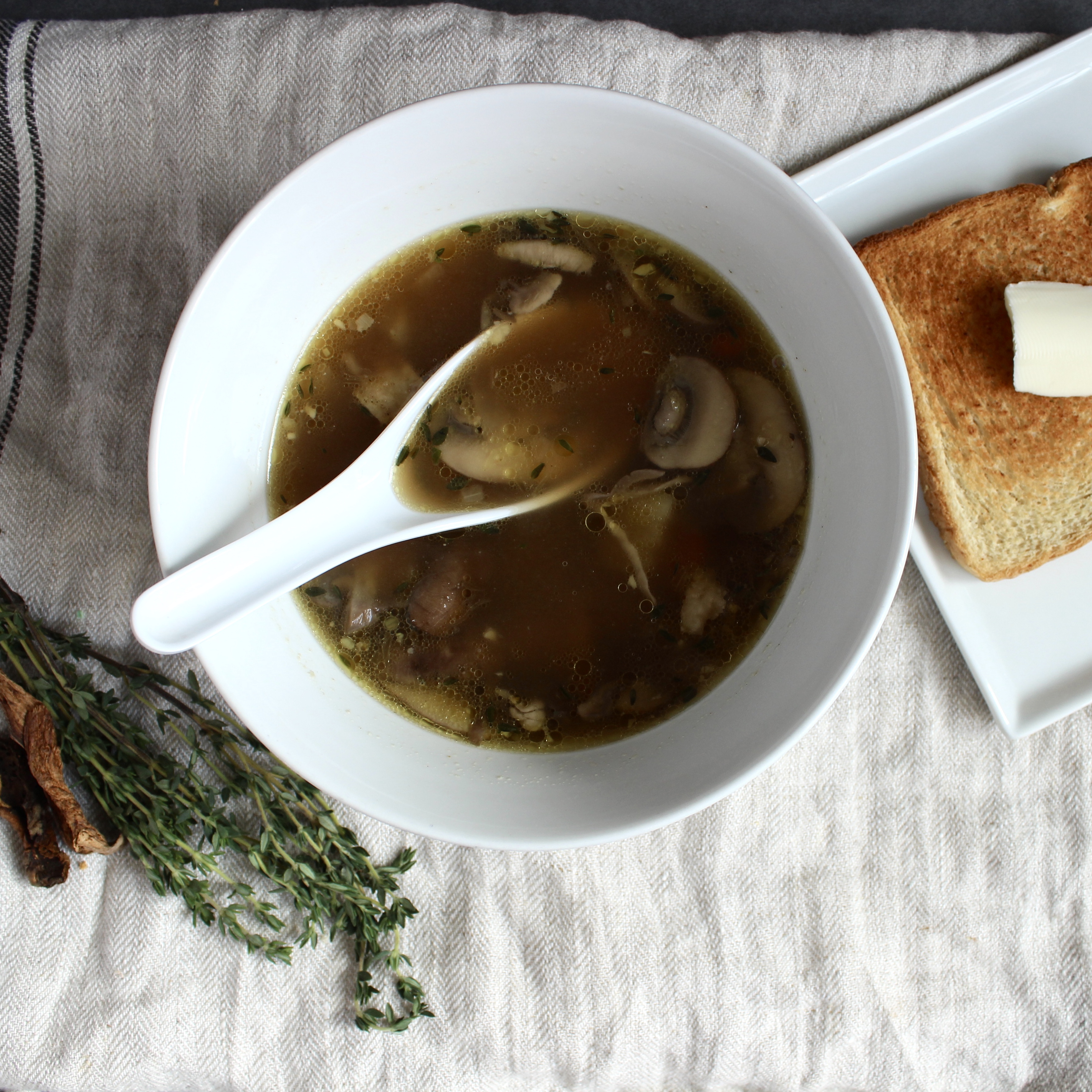
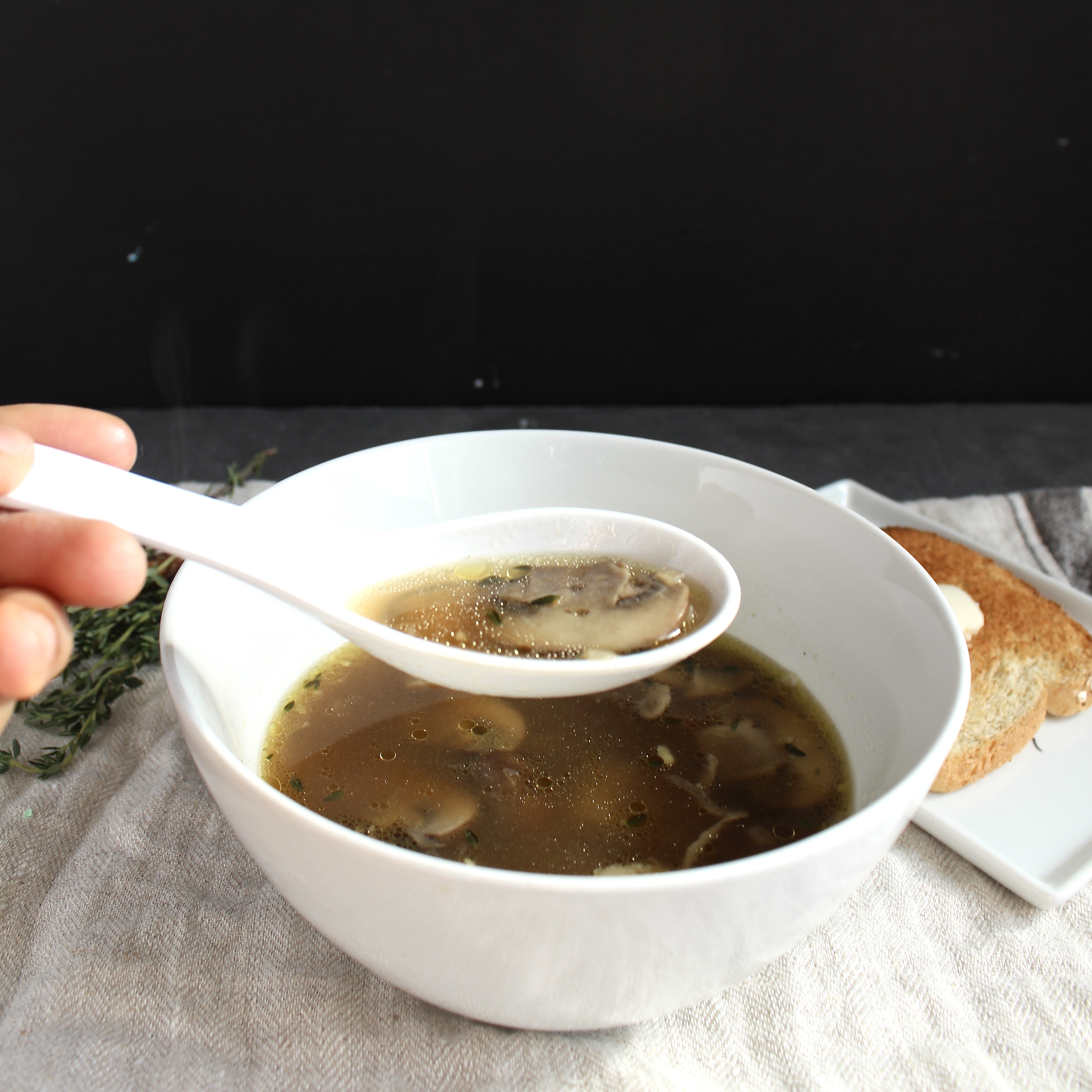
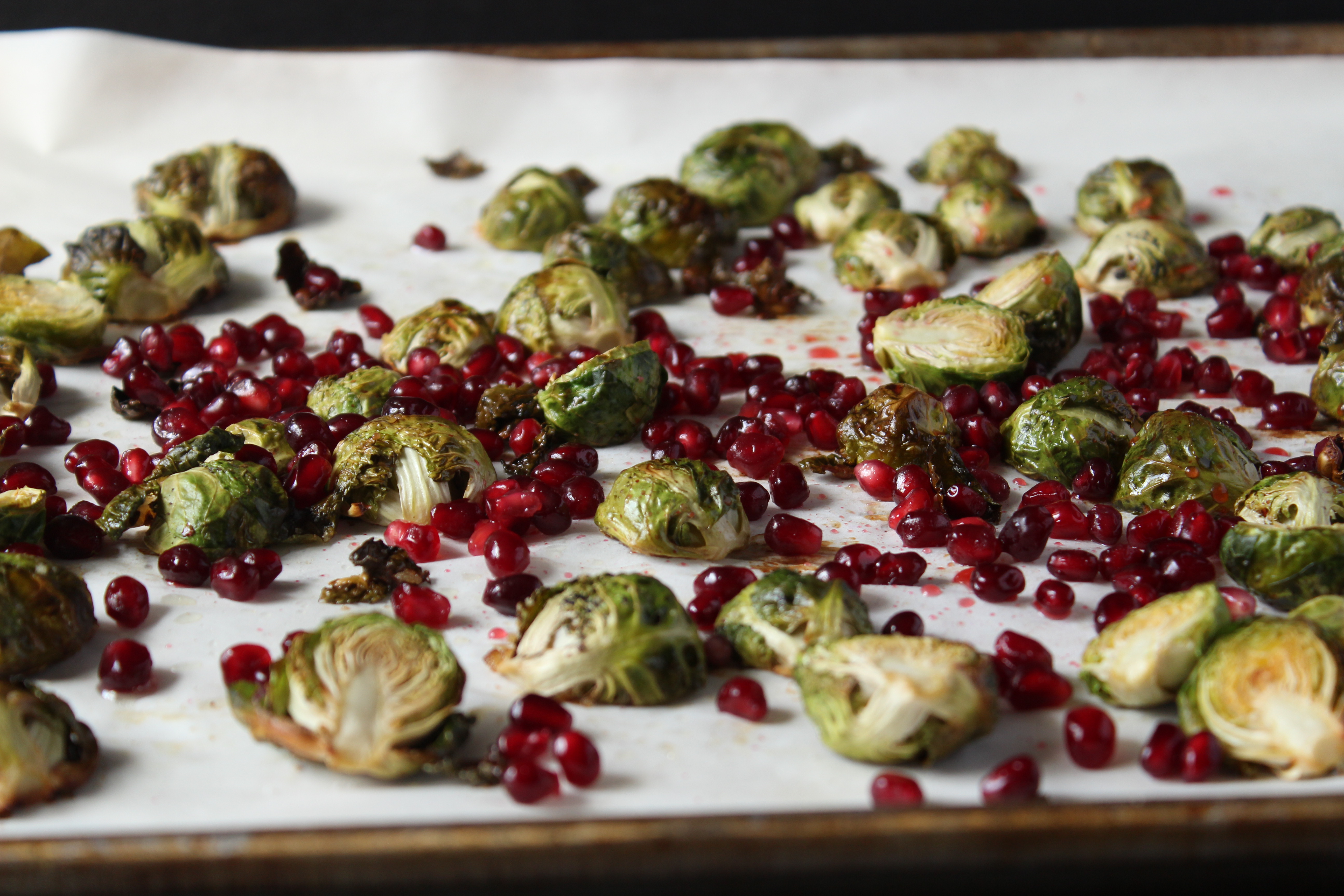
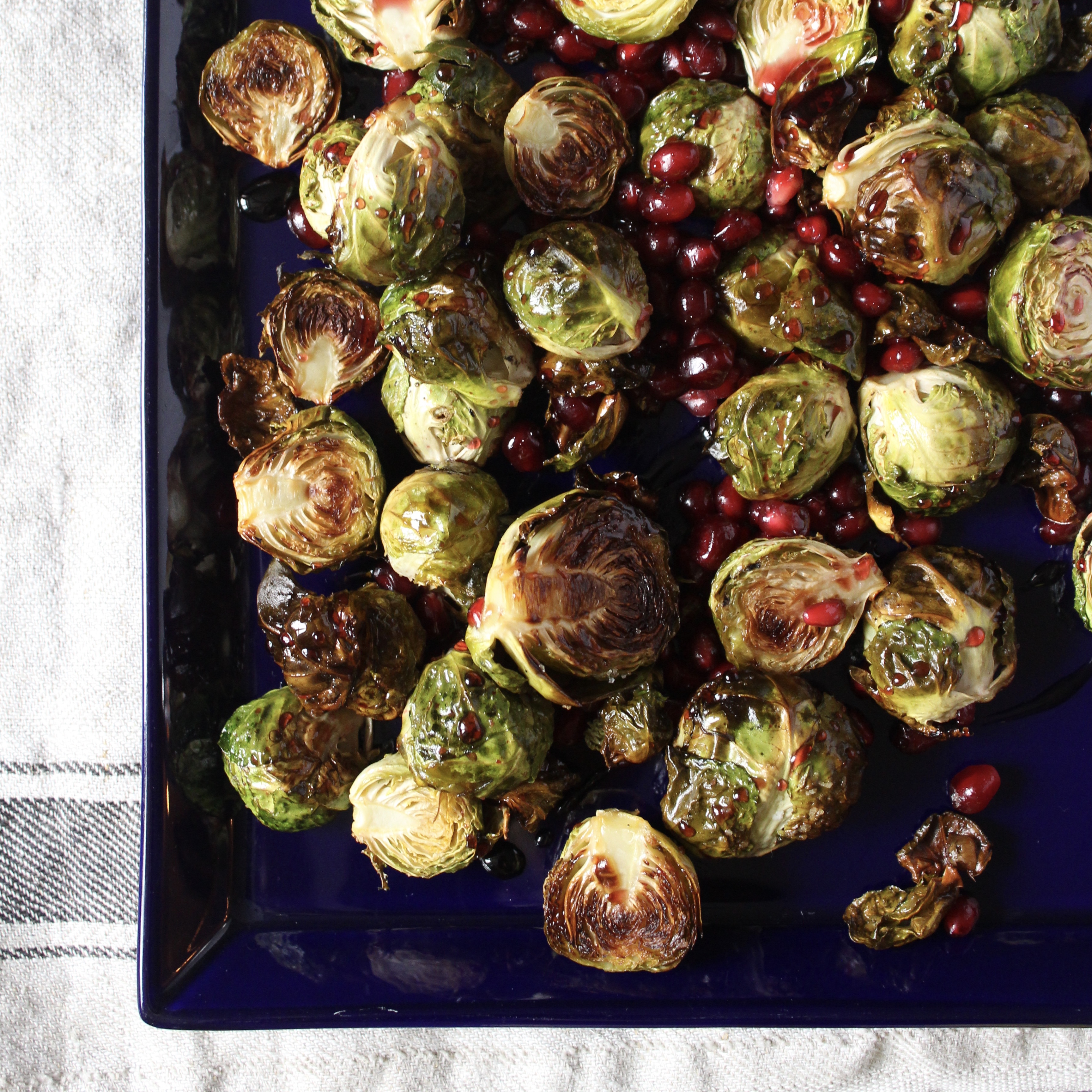
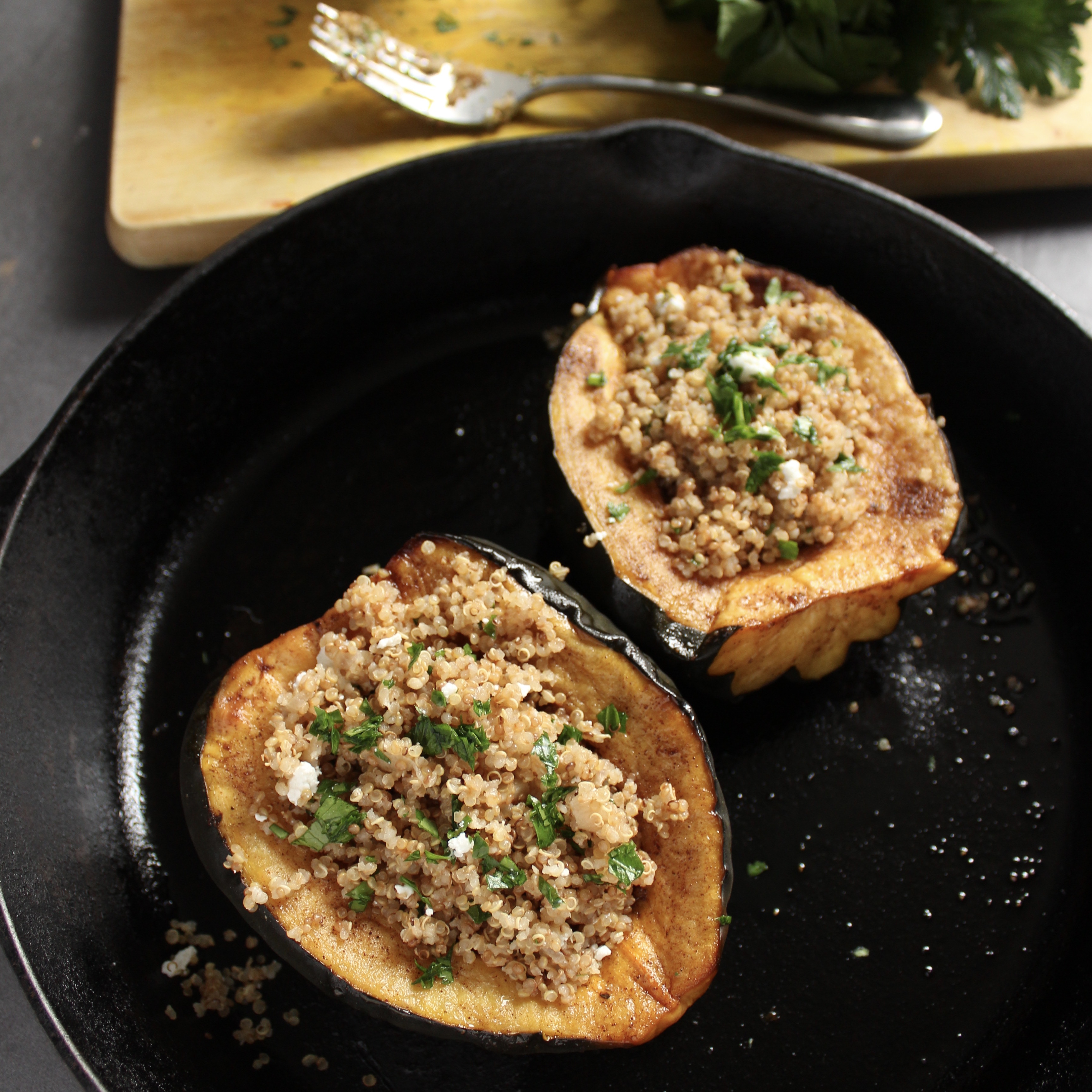
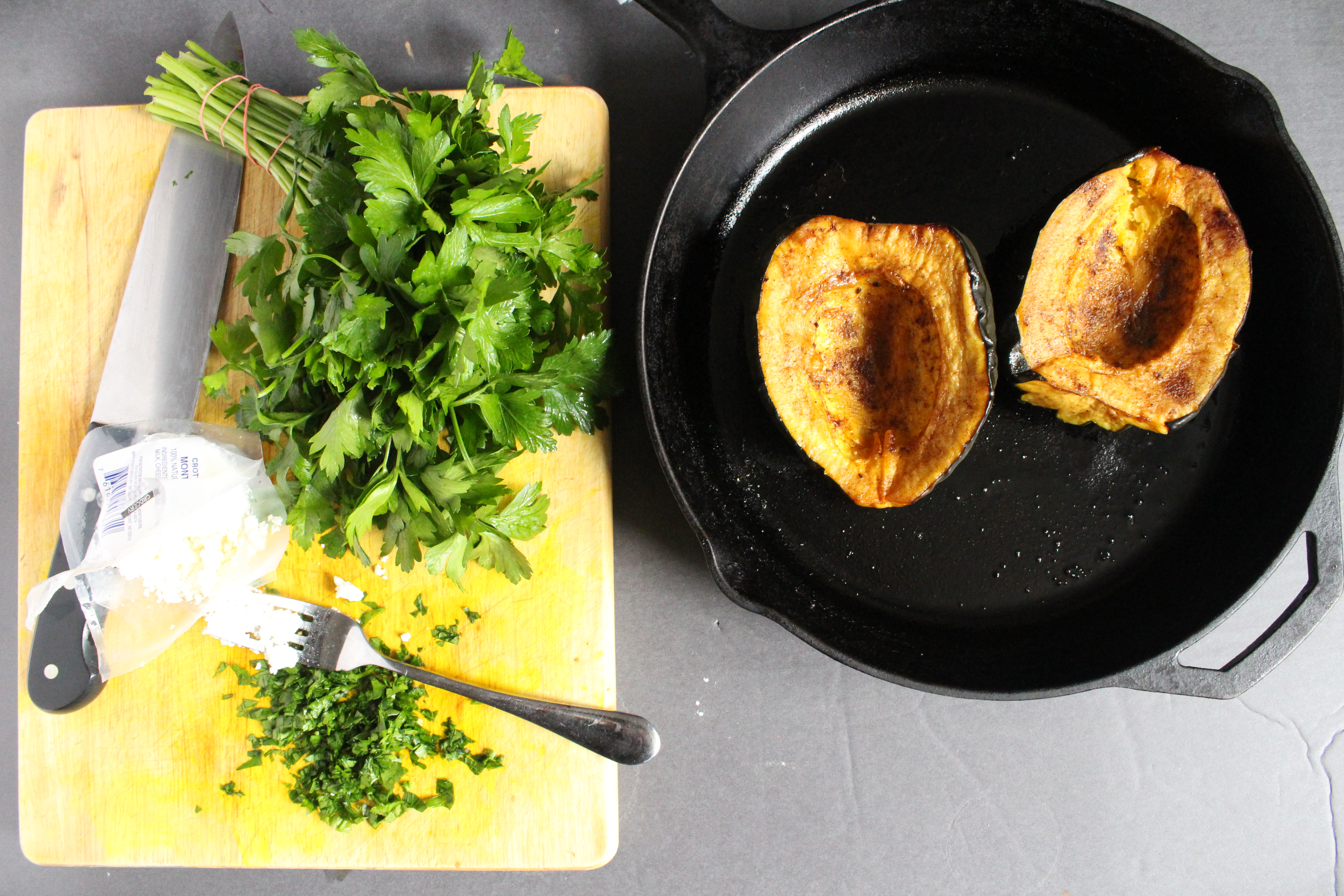
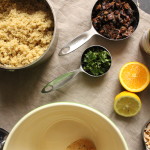

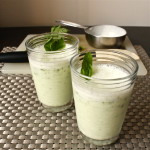
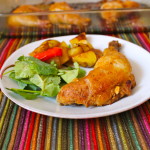

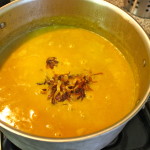

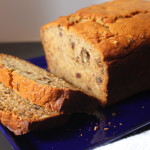

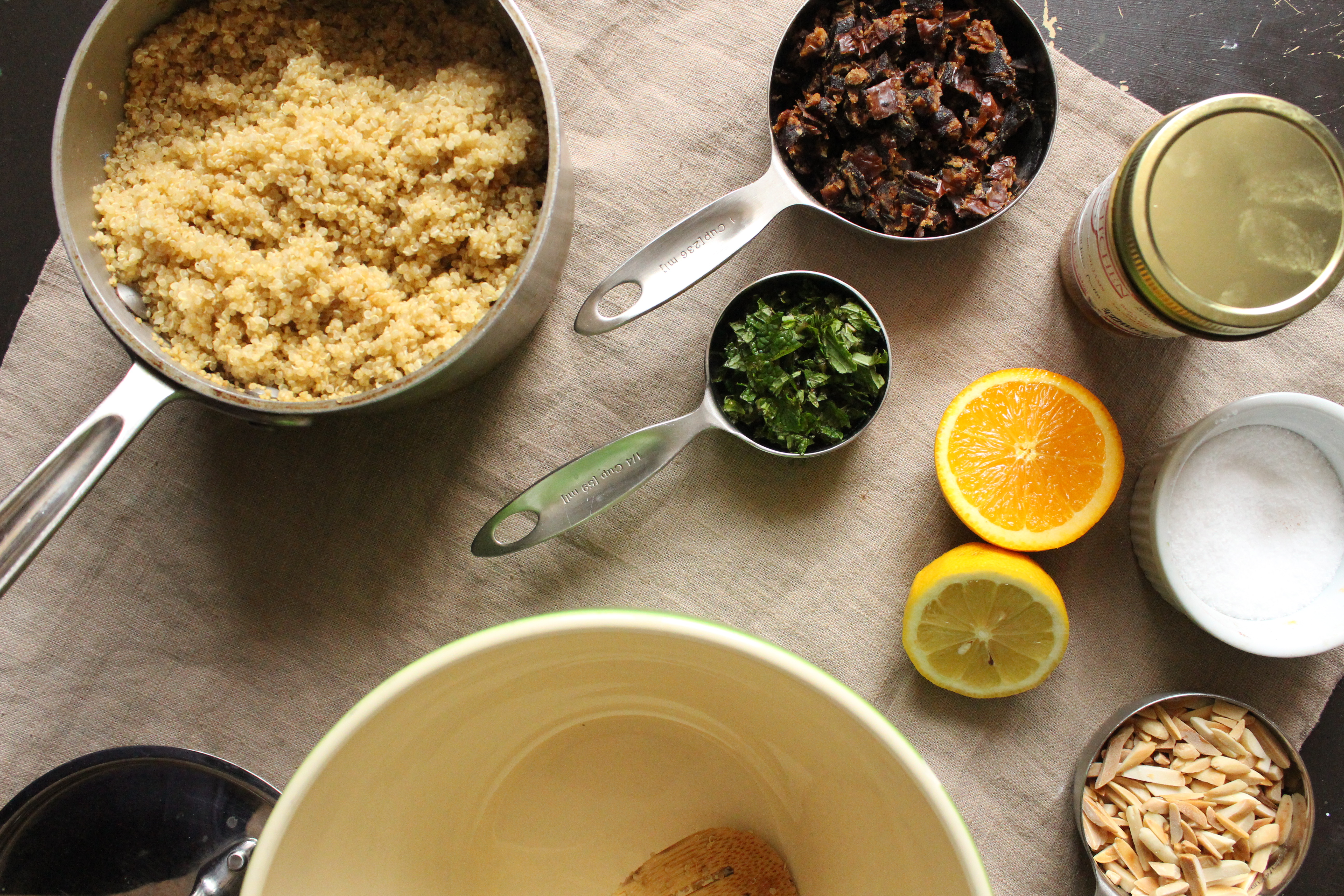
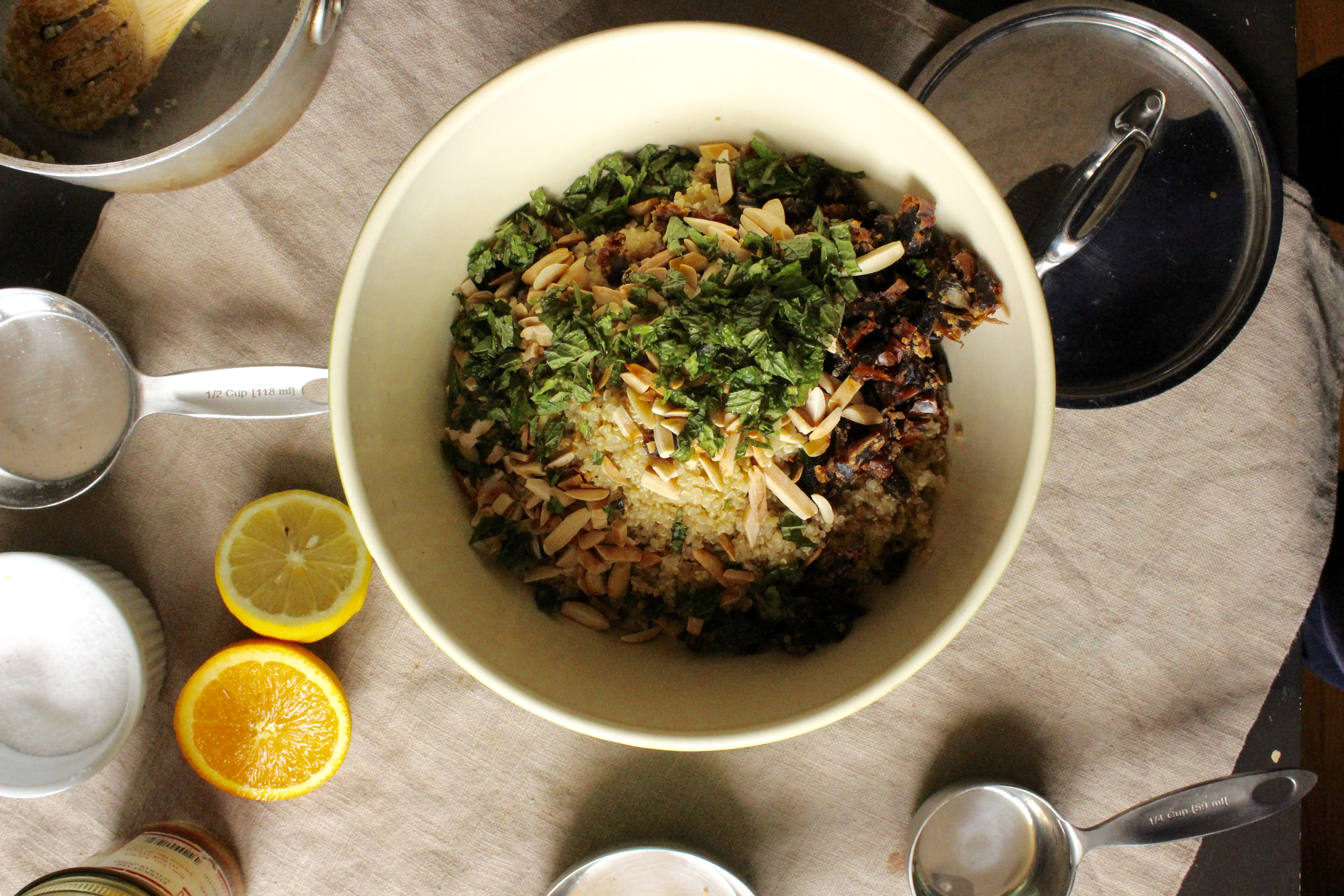
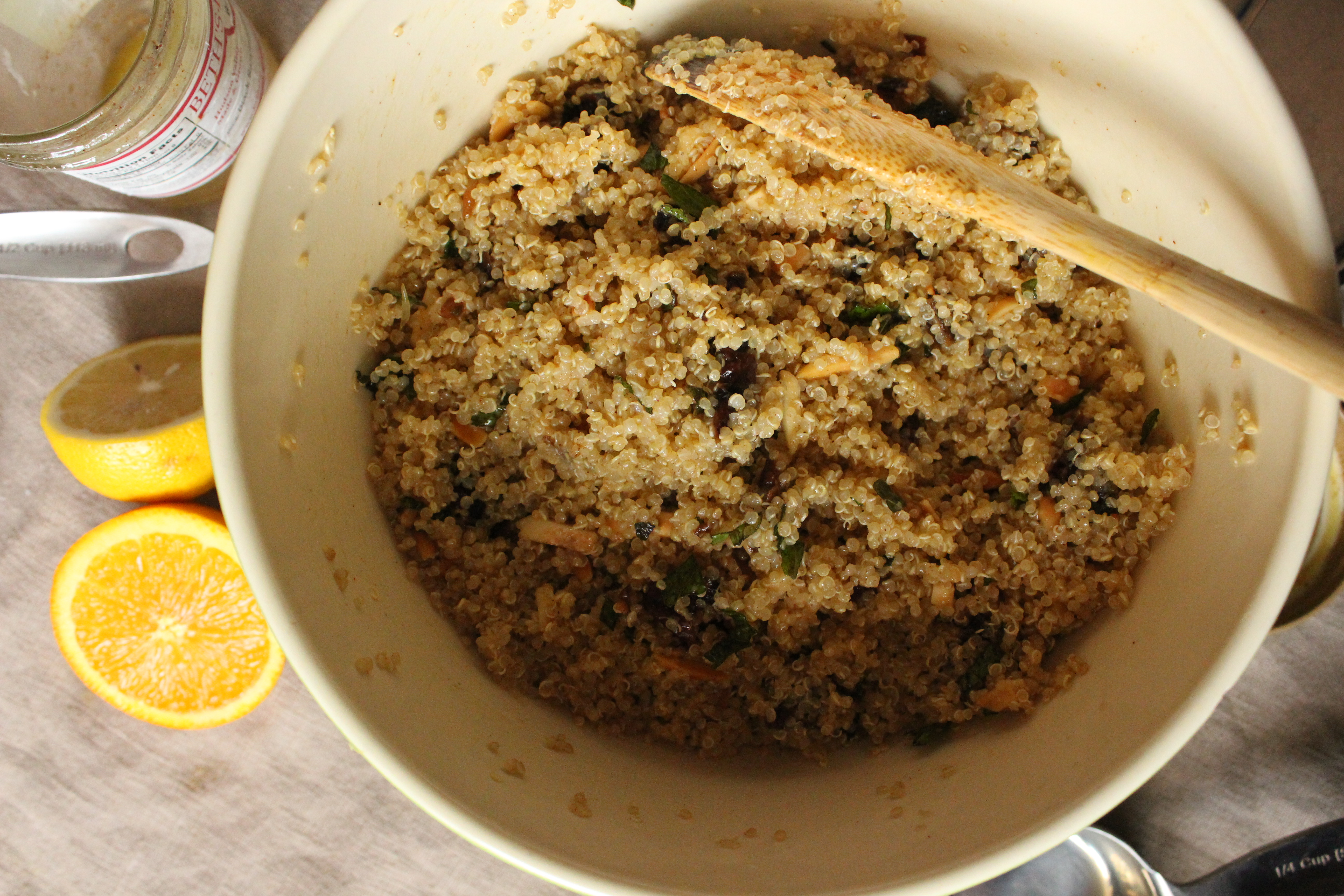
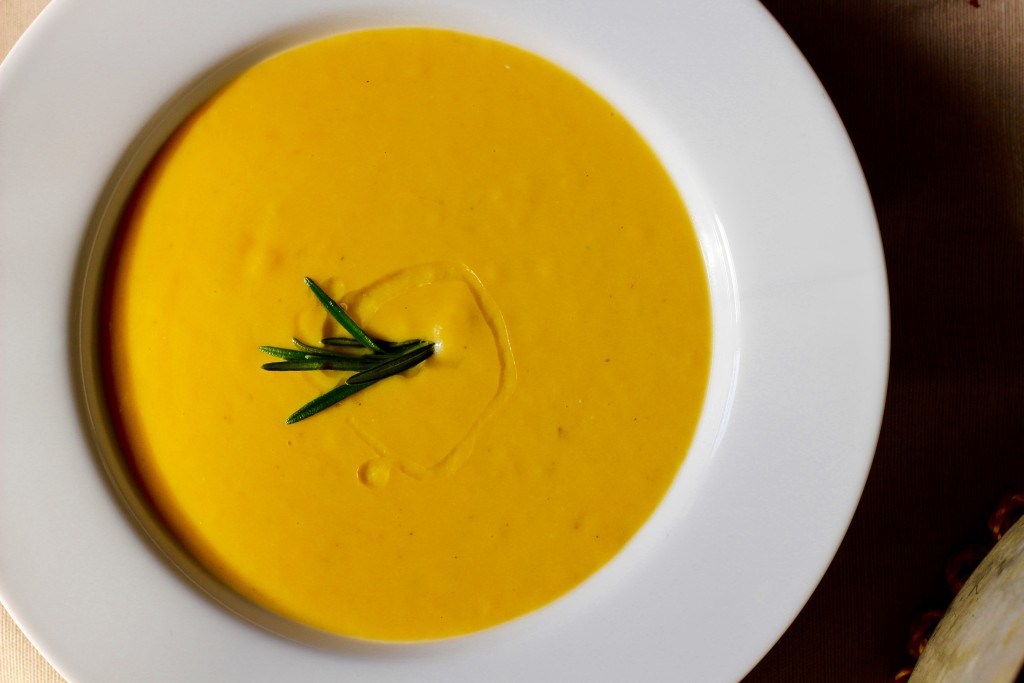 I had a hankering for warm, comforting American dishes the other day. Creamy tomato soup. Potato leek soup. Corn chowder. Pan seared scallops. Flat bread dotted with goat cheese and herbs. Just things I wouldn’t usually make since there isn’t a huge appetite for these things in our household. Take exhibit A: potato leek soup. Despite my daughter’s proclamation that she LOVED THIS SOUP and my husband’s accolade, “this soup’s good, Jaan!”, they each had just one serving. Just one. So guess who else had ALL the remaining servings?
I had a hankering for warm, comforting American dishes the other day. Creamy tomato soup. Potato leek soup. Corn chowder. Pan seared scallops. Flat bread dotted with goat cheese and herbs. Just things I wouldn’t usually make since there isn’t a huge appetite for these things in our household. Take exhibit A: potato leek soup. Despite my daughter’s proclamation that she LOVED THIS SOUP and my husband’s accolade, “this soup’s good, Jaan!”, they each had just one serving. Just one. So guess who else had ALL the remaining servings? Yours, truly, of course. When I was a work study (undergraduate doing an on-campus job) at Columbia Business School, I would go down to the cafeteria and scope out what I could afford. Back then, a small soup with crackers cost about $4.75. With tax, it came out to almost $6. Which was a lot for me to fork over for lunch. But a girl’s gotta eat. Neither the $3.50 muffin nor the $12 sandwiches weren’t good alternatives.
Yours, truly, of course. When I was a work study (undergraduate doing an on-campus job) at Columbia Business School, I would go down to the cafeteria and scope out what I could afford. Back then, a small soup with crackers cost about $4.75. With tax, it came out to almost $6. Which was a lot for me to fork over for lunch. But a girl’s gotta eat. Neither the $3.50 muffin nor the $12 sandwiches weren’t good alternatives. 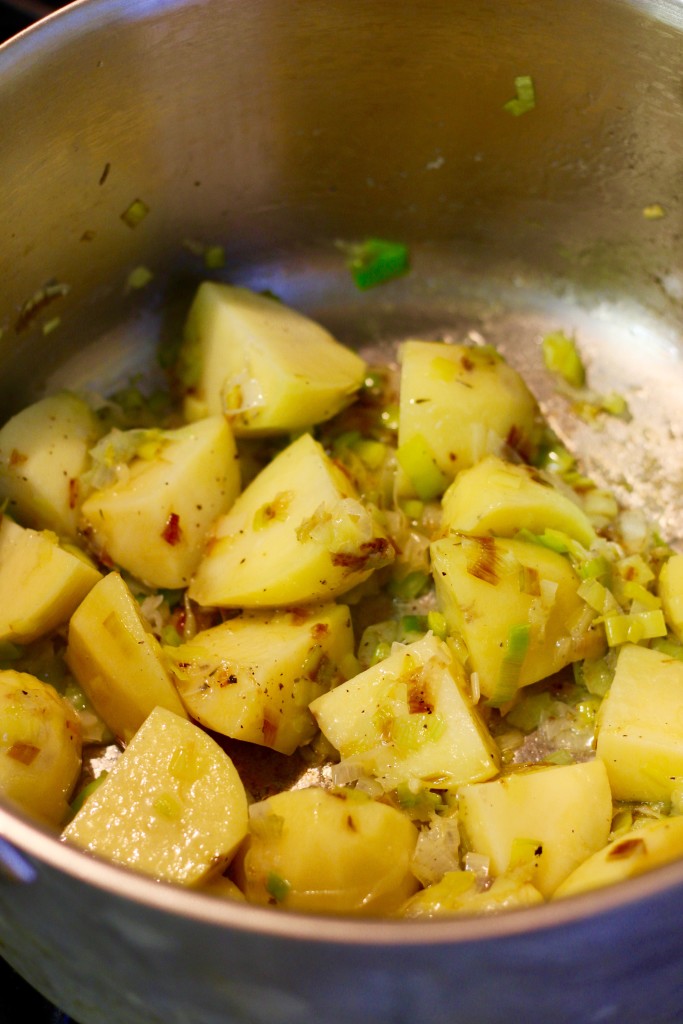
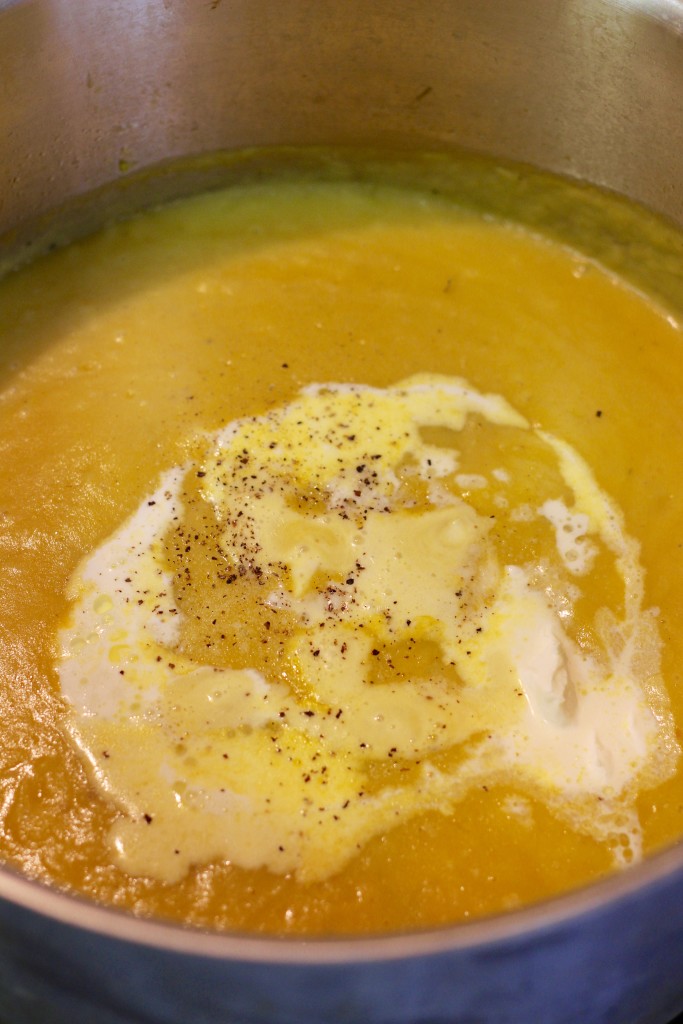
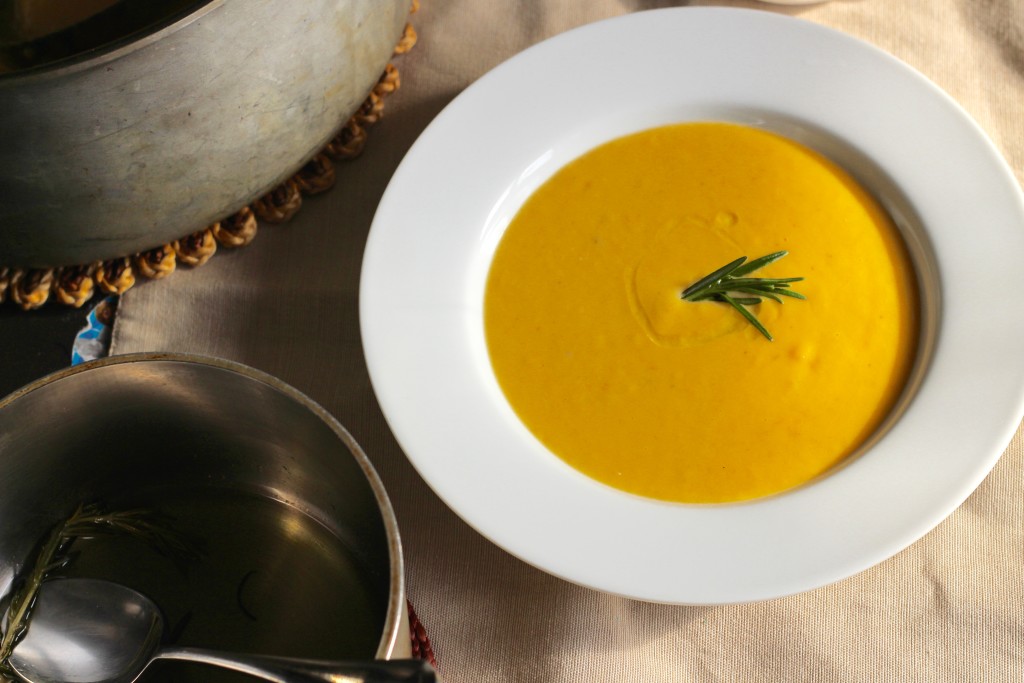 The type of vegetable stock you use will also affect the seasoning required, so make sure to add just enough salt and pepper until it’s really really tasty.
The type of vegetable stock you use will also affect the seasoning required, so make sure to add just enough salt and pepper until it’s really really tasty. 